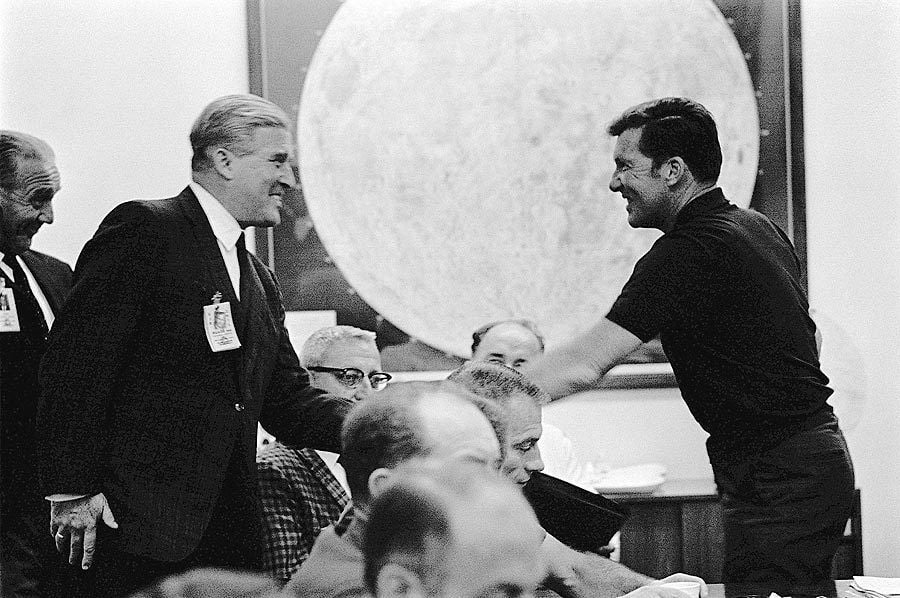

The range of tests included having ice water pumped into their ears to induce vertigo and being placed inside a sensory deprivation tank. They weren’t taking anyone under 24, but they took Ms. He wanted to put women through the same tests to see if they would be good candidates for space. Funk and 12 other women went through testing as part of the Woman in Space Program.

In 1961, three years before Jeff Bezos was born, Ms. Funk said that during her first flight up, in a Cessna 172, “The bug bit and that was it.” In the book “Promised the Moon” by Stephanie Nolen, Ms. As she was recovering, a guidance counselor suggested that she take aviation classes to distract her. By age 17, she already had a history of greeting “you can’t” with defiant proof that she could.

Her path to space arguably begins with a ski accident in 1956 that crushed two of her vertebrae. That she was ultimately excluded from the first phase because she is a woman, and will now be included in the next one, also highlights difficult questions of whom space is for. Funk is one of the few people who has directly participated in both eras of human spaceflight so far - the one that started as an urgent race between rival nations, and the one that we are now transitioning into, in which private companies and the billionaires who finance them are in fierce competition for customers, comeuppance and contracts. But that is not what makes her so special. When on Tuesday she crosses that arbitrary altitude that divides the heavens from Earth below, in a rocket built by Jeff Bezos’ company Blue Origin, she’ll be 82, the oldest person ever to go into space.


 0 kommentar(er)
0 kommentar(er)
